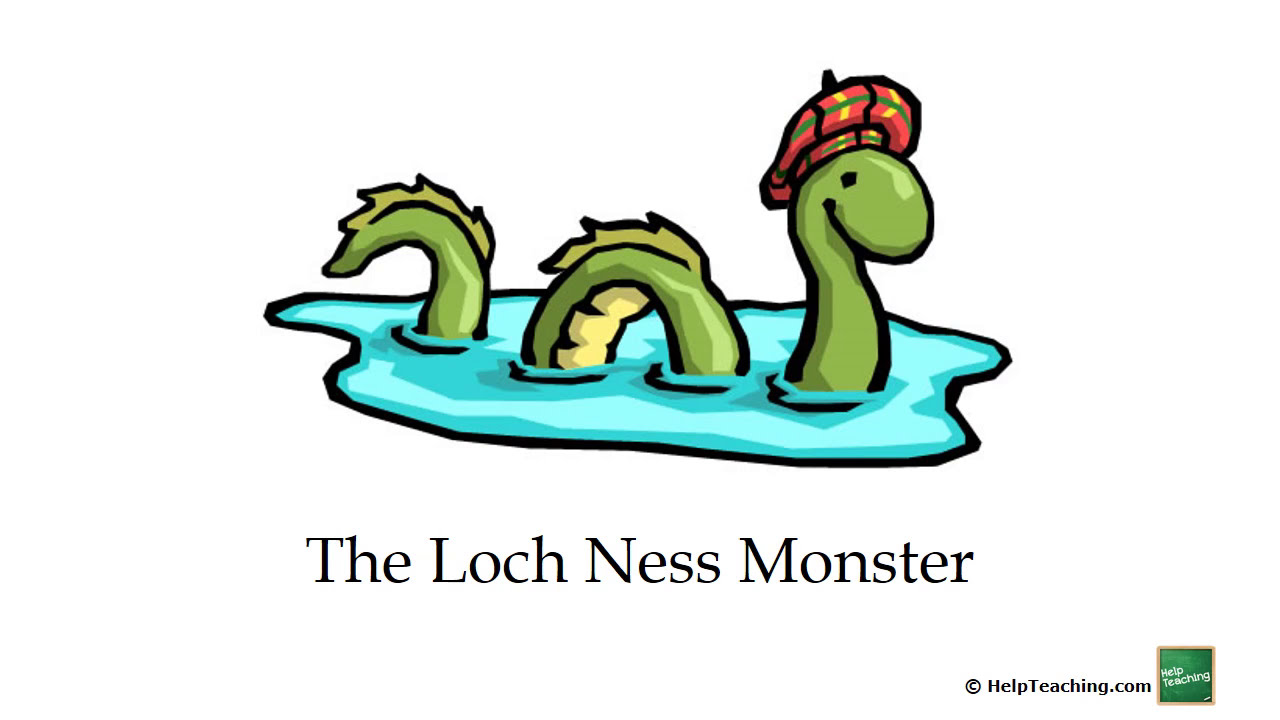
The Loch Ness monster has been a topic of fascination for centuries, with stories of this mysterious creature dating back to ancient times. With numerous sightings, photographs, and videos, the legend continues to capture the imagination of people worldwide. In this article, we’ll delve into the who, what, when, how to, pros and cons, alternatives, step by step to do, compare, tips, and the best about the fascinating legends and facts surrounding the Loch Ness monster.
Table of Contents
Who is the Loch Ness Monster?
The Loch Ness monster, also known as “Nessie,” is a legendary creature that supposedly inhabits Loch Ness, a large freshwater lake in the Scottish Highlands. The first recorded sighting of the monster dates back to 565 A.D. when St. Columba reportedly encountered it while on a mission to convert the Picts to Christianity.
Over the years, numerous eyewitness accounts and photographs have emerged, each adding to the mystery surrounding Nessie. While some believe that the Loch Ness monster is a hoax or a product of overactive imaginations, others are convinced that this elusive creature is real.
What is the Loch Ness Monster?
The Loch Ness monster is described as a massive aquatic reptile with a long neck and humps protruding from the water’s surface. Some reports suggest that the creature is as long as 30 feet, with a serpentine body and flippers or webbed feet.
Despite extensive searches using sonar, submarines, and cameras, no concrete evidence of Nessie’s existence has ever been found. However, believers point to the numerous accounts of sightings, photographs, and other evidence as proof that the monster is real.
When did the Legend of the Loch Ness Monster Begin?

The legend of the Loch Ness monster dates back to ancient times, with stories of strange creatures inhabiting the loch appearing in Celtic folklore and legends. However, it wasn’t until the 20th century that the legend gained widespread popularity.
In 1933, a man named George Spicer claimed to have seen the monster while driving along the loch’s shore, sparking renewed interest in the creature. Over the years, there have been hundreds of reported sightings, many of which have been captured on film or video.
How to Spot the Loch Ness Monster?

If you’re hoping to catch a glimpse of the Loch Ness monster, be prepared to spend some time searching. While Nessie has been spotted from various locations around the loch, there is no guaranteed spot to see the elusive creature.
One popular way to search for Nessie is by taking a boat tour of the loch. Several companies offer guided tours that take visitors around the loch’s perimeter, with the hope of spotting the monster along the way. Additionally, visitors can hike along the loch’s shoreline or view it from one of several observation points scattered throughout the area.
Pros and Cons of the Legend of the Loch Ness Monster
As with any urban legend, there are both pros and cons associated with the legend of the Loch Ness monster.
On the positive side, the legend has helped to draw tourists to the Scottish Highlands, providing a boost to the local economy. Additionally, the Loch Ness monster has captured the imaginations of people worldwide, inspiring countless books, movies, and other creative works.
However, the legend has also been the subject of controversy, with some arguing that it perpetuates baseless claims and pseudoscience. Additionally, some have criticized the tourism industry’s use of the Nessie myth as a marketing tool, arguing that it trivializes Scotland’s rich cultural heritage.
Alternatives to the Legend of the Loch Ness Monster
For those who are skeptical of Nessie’s existence, there are several alternative explanations for the numerous sightings and photographs of the creature. Some suggest that the sightings may be the result of misidentifications, with logs, waves, and other natural phenomena mistaken for the monster.
Others argue that the Loch Ness monster is a product of folklore and legend, with various stories and myths combining over time to create the image of a massive aquatic reptile.
Step by Step Guide to Investigate the Loch Ness Monster
If you’re intrigued by the legend of the Loch Ness monster and want to investigate it for yourself, here’s a step-by-step guide to get started:
- Research the history and origins of the Loch Ness monster legend.
- Familiarize yourself with the various accounts of sightings and photographs of the creature.
- Visit the Scottish Highlands and spend time observing the loch from various vantage points.
- Take a boat tour of the loch to search for Nessie.
- Use advanced technology such as sonar or underwater cameras to scan the loch’s depths.
Comparison of Similar Cryptid Legends
The Loch Ness monster is just one of many cryptids, or creatures whose existence has not been scientifically proven. Here’s a comparison of some similar legends:
- Bigfoot: Also known as Sasquatch, this legendary creature is said to inhabit remote forests and mountains in the Pacific Northwest region of North America. Like Nessie, Bigfoot has been the subject of numerous eyewitness accounts and unverified photographs and videos.
- Chupacabra: This creature, whose name means “goat-sucker” in Spanish, is said to attack livestock in parts of Latin America and the United States. It is described as a reptilian or canine-like creature with spikes along its back.
- Yeti: Also known as the Abominable Snowman, this legendary creature is said to inhabit the Himalayan region of Nepal, Bhutan, and Tibet. Descriptions of the Yeti vary, but it is typically depicted as a large, ape-like creature covered in fur.
While each of these legends has its unique characteristics, they share many similarities. They are all creatures that have not been scientifically proven to exist, yet continue to capture the imaginations of people worldwide.
Tips for Exploring the Legend of the Loch Ness Monster
If you’re planning to explore the legend of the Loch Ness monster, here are some tips to help make your journey more successful:
- Be prepared to spend time searching. Nessie sightings are rare, so patience is key.
- Use advanced technology such as sonar or underwater cameras to scan the loch’s depths.
- Talk to locals and experts who have knowledge of the area and the legend.
- Keep an open mind, but be skeptical of baseless claims and pseudoscience.
- Respect the natural environment and the local culture.
The Best Ways to Experience the Legend of the Loch Ness Monster
While sightings of the Loch Ness monster can be rare, there are still many ways to experience the legend firsthand. Here are some of the best ways to immerse yourself in Nessie lore:
- Take a boat tour of the loch to search for the monster.
- Visit the Loch Ness Centre and Exhibition, a museum dedicated to the legend.
- Hike along the loch’s shoreline to take in the stunning scenery.
- Attend the annual Loch Ness Knit Fest, a festival celebrating all things Scottish and Nessie-related.
- Explore the nearby ruins of Urquhart Castle, which offer breathtaking views of the loch.
Conclusion
The Loch Ness monster is a legendary creature that has captured the imaginations of people worldwide for centuries. Despite extensive searches and scientific study, no concrete evidence of Nessie’s existence has ever been found. However, the numerous eyewitness accounts, photographs, and videos continue to fuel the legend, making it one of the most enduring mysteries of our time.
Whether you’re a skeptic or a believer, exploring the legend of the Loch Ness monster can be an exciting and rewarding experience. By keeping an open mind and respecting the natural environment and local culture, you can immerse yourself in this fascinating piece of folklore and maybe even catch a glimpse of Nessie herself.
FAQs After The Conclusion
- Is there any scientific evidence of the Loch Ness monster’s existence?
- What is the most popular theory about the Loch Ness monster’s origins?
- Has anyone ever been harmed by the Loch Ness monster?
- Can I go swimming in Loch Ness?
- How has the legend of the Loch Ness monster impacted Scottish culture and tourism?

